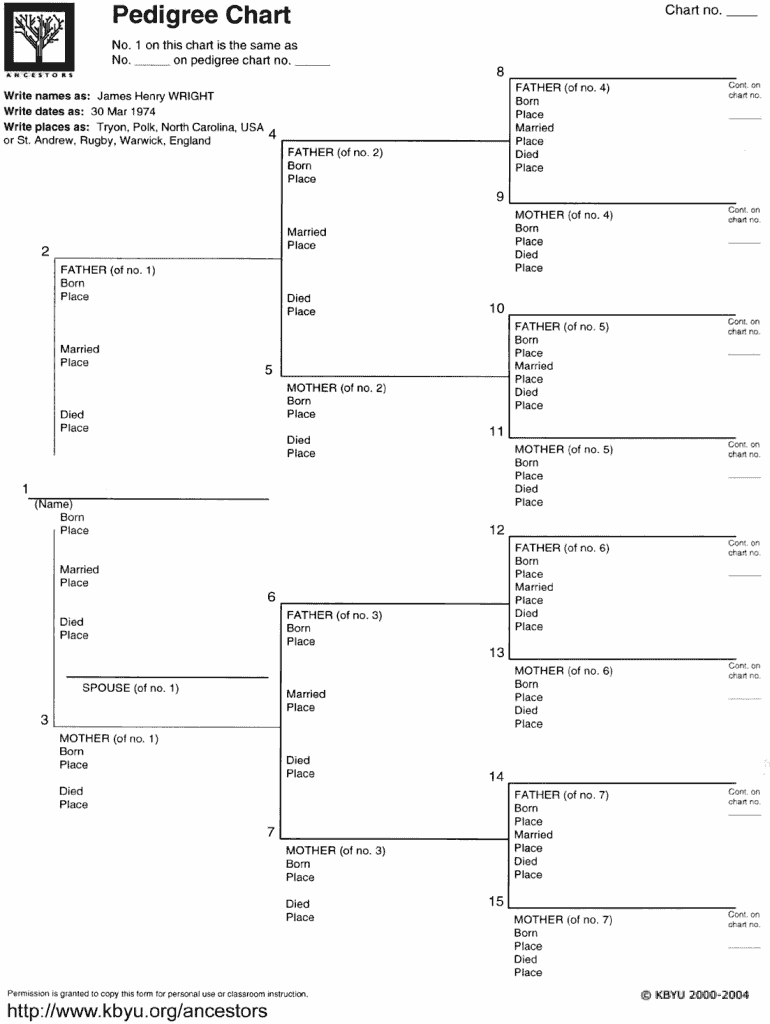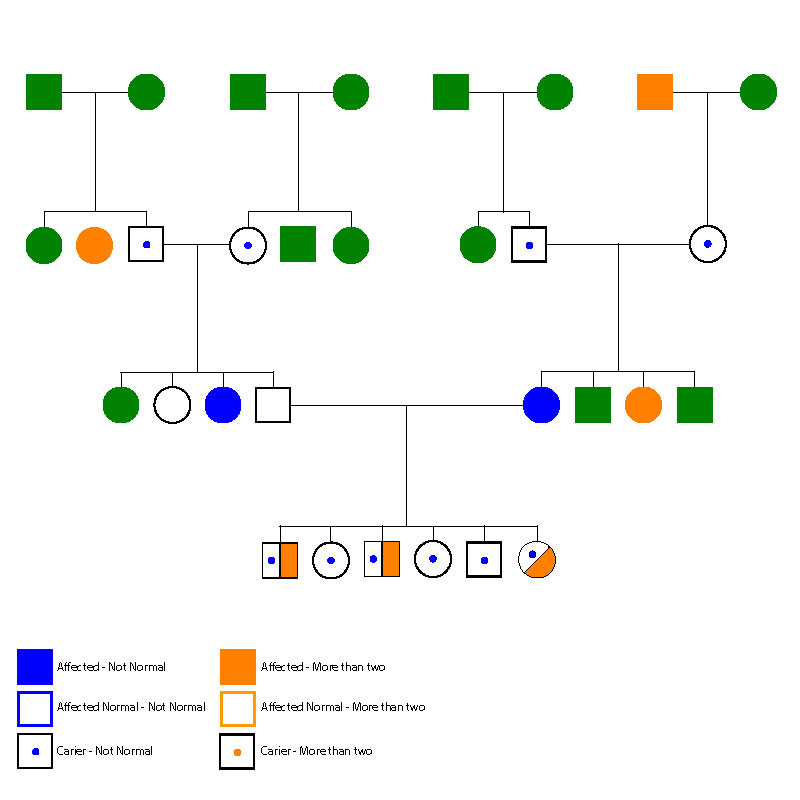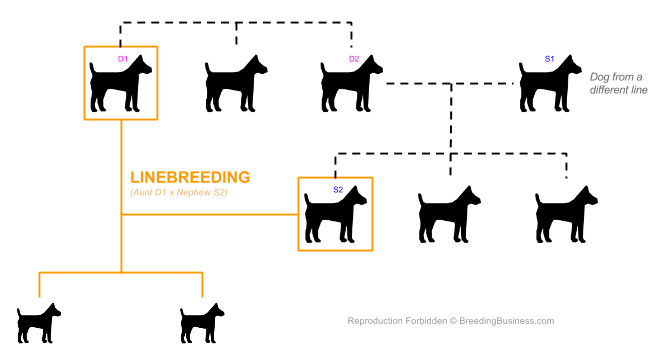When it comes to breeding dogs, pedigree charts play a crucial role in understanding the genetic makeup of a particular dog. Inbreeding, a common practice in dog breeding, involves mating closely related dogs to maintain specific traits or characteristics within a breed. However, this practice can also lead to health issues and genetic abnormalities in offspring. By utilizing a pedigree chart, breeders can track the ancestry of a dog and identify potential risks associated with inbreeding.
In a pedigree chart, inbred dogs are typically represented by a series of connected lines between ancestors, indicating repeated matings between closely related individuals. This results in a limited gene pool and an increased likelihood of genetic defects. By studying the pedigree chart of an inbred dog, breeders can identify common ancestors and assess the level of inbreeding within a particular lineage. This information is crucial in making informed breeding decisions to prevent the propagation of genetic disorders.
Pedigree Chart Inbred Dog
The Risks of Inbreeding in Dogs
While inbreeding can help maintain desirable traits within a breed, it also comes with several risks. Inbred dogs are more prone to genetic disorders, such as hip dysplasia, heart defects, and neurological conditions. These health issues can have a significant impact on the quality of life of the dog and may require expensive medical treatment. In addition, inbreeding can weaken the overall genetic diversity of a breed, making it more susceptible to future health problems.
By using a pedigree chart to analyze the genetic history of a dog, breeders can make informed decisions to reduce the risks associated with inbreeding. This may involve outcrossing with unrelated individuals to introduce new genetic material into the breeding pool or selecting for healthier traits to minimize the impact of genetic disorders. Ultimately, understanding the genetics behind inbreeding through a pedigree chart is essential in promoting the health and well-being of future generations of dogs.
Conclusion
Pedigree charts are invaluable tools for breeders looking to understand the genetic history of inbred dogs and make informed breeding decisions. By utilizing pedigree charts to track ancestry and assess the level of inbreeding within a lineage, breeders can mitigate the risks associated with genetic disorders and promote the health of future generations. Through careful selection and breeding practices, breeders can preserve the integrity of a breed while maintaining genetic diversity and minimizing the impact of inbreeding. In conclusion, pedigree charts are essential for ensuring the health and well-being of inbred dogs and advancing responsible breeding practices.
Download Pedigree Chart Inbred Dog
Estimating Inbreeding
Pedigree Charts Breeding Better Dogs
Inbreeding Definition What It Means In Dog Breeding
Dog Breeding Techniques List Definitions Use Cases Pros Cons




